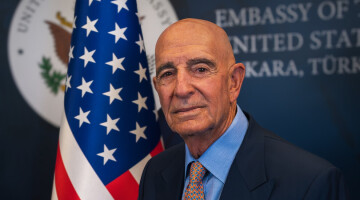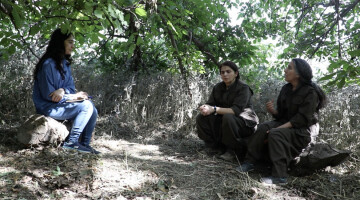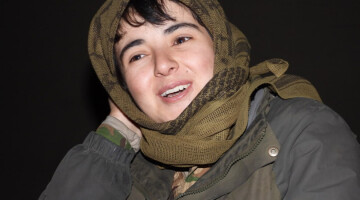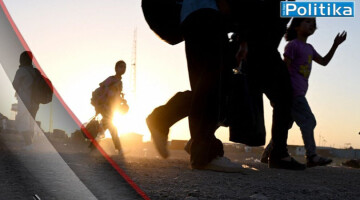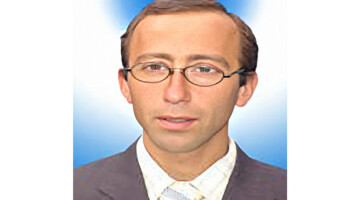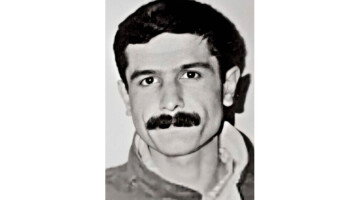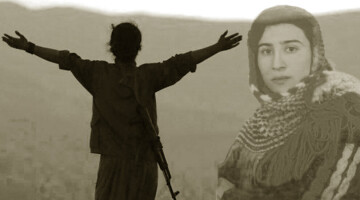Following the Turkish state’s threats of occupation against Northern and Eastern Syria and the consequent US decision to withdraw from Syria, an intense political, military and diplomatic traffic started in the region.
Turkish President Tayyip Erdogan has been telling the US to “leave Syria” for the last 3 years, but when the US did announce their withdrawal, started to say “don’t withdraw, we can work together”. He has been increasing the dose of threats against Northern and Eastern Syria with every passing day.
One of the areas that the threats of invasion have focused on has been al-Bab’s Arima town. The Turkish state has transferred large numbers of gangs to the Arima town and the Manbij border, and will be sitting down to a negotiation for an invasion with Russia in meetings today.
INTENSE DIPLOMATIC TRAFFIC
But the Northern and Eastern Syrian Administration has also been engaged in diplomacy with the Syrian regime, Russia, and regional and European states for a long time.
After the Turkish state’s large scale dispatch to the Arima town border in al-Bab, Syrian regime forces and Russia also sent reinforcements to the villages under their control in Arima.
After meetings between the Syrian regime, Russia and the Eastern and Northern Syrian Administration, Syrian regime forces sent military forces to the Arima town in coordination with the Manbij Military Council.
RUSSIAN, SYRIAN AND AL AQRAD FLAGS IN ERIMA
Regime forces arrived in Arima, where al-Bab Military Council, Manbij Military Council and Jabhat Al Aqrad were present, and are now working on border security together with the self-defense forces of the region. Following the threats, the flag of Russia also flies now alongside flags of the self-defense forces and the regime. Whether the partnership between the regime and the region’s self-defense forces against the Turkish invasions spread or not, and its future, depends on the diplomatic meetings between the Northern and Eastern Syrian Administration, Russia and the Syrian government.
PEOPLES STRENGTHEN THEIR ORGANIZATIONS
Meanwhile, the Kurdish, Arab, Turkmen and other peoples and faiths in the region strengthen their self-defense and their organizations against the invasion and looting attacks by the Turkish state and their allied gangs, as they continue with their daily lives.
THE US GOES ON PATROLS
The US-led Coalition forces were also patrolling in Manbij yesterday and the day before. US armored vehicles used to patrol between the Sajur stream, which was determined as the border between Jarablus and Manbij, but patrolled Manbij town center the night before.
TURKEY TRIES TO TAKE POSITION
The Turkish state has told the US to “leave Syria” frequently in the last two years, and now they started to say, “there is no rush to withdraw” two days after the US decision. Turkey is now trying to take a position.
A committee from the Turkish state, who needs Russia to open the airfield for any invasion attacks, will be visiting Moscow tomorrow for some meetings.
IDLIB ON THE AGENDA?
What promises the committee made up of Turkish Foreign Minister Mevlut Cavusoglu, Turkish Defense Minister Hulusi Akar, MIT Undersecretary Hakan Fidan and Erdogan’s Spokesperson Ibrahim Kalin will bring on their visit to Russia is not clear.
The Turkish state has run invasion negotiations with Russia before such as al-Bab for Aleppo and Afrin for Eastern Ghouta, and this time around it is said that Idlib may be on the agenda.
TO MOSCOW AND TO WASHINGTON
The Turkish committee has turned towards the US after the withdrawal decision and the announcement that Turkey would be given Patriot missiles in return for forgoing the S-400s they planned to purchase from Russia, and will be holding meetings in Washington on January 8.


